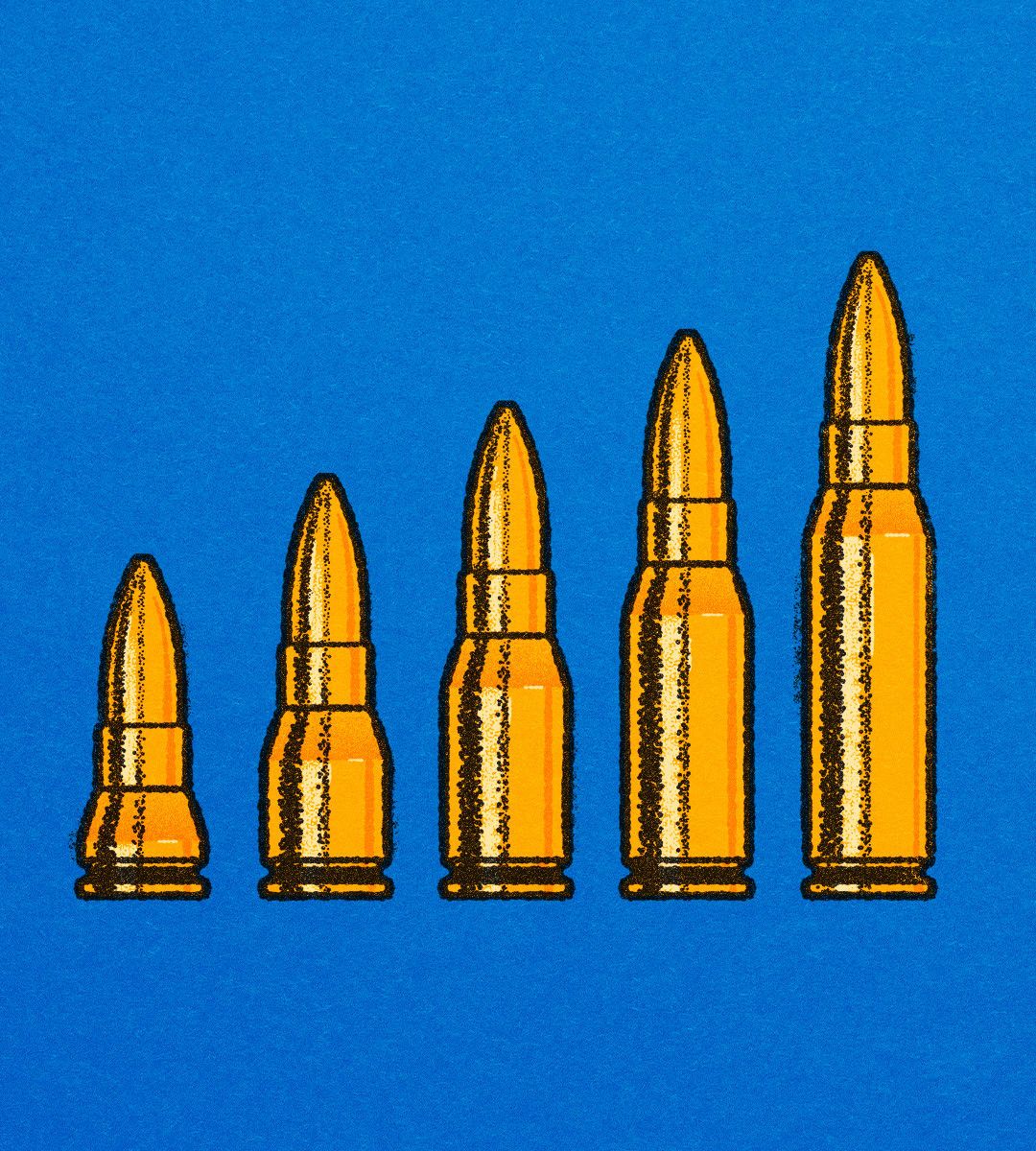Europe needs to step up support for Ukraine
As a long war with Russia looms, American support can no longer be depended on

By Christopher Lockwood
IT SEEMS CLEAR that, barring a last-minute miracle, Ukraine’s counter-offensive, once the source of so much optimism not just in Kyiv but across the West, failed in 2023—and badly so. After five months of bloody and expensive effort, the results by early November were minimal. No major town had been taken, and only around 400 square km (154 square miles) of territory had been liberated, less than 0.1% of Ukraine’s total land mass. Russia still occupies about 18% of Ukraine, around half of which it took in 2014, when it annexed Crimea and grabbed the eastern Donbas; the rest is what is left of the territory it seized after the invasion of February 2022.
All this portends a long and grinding war of attrition, and Ukraine’s backers must be ready for it. Russia certainly is. Vladimir Putin’s strategy rests on waiting for the West to grow tired of what increasingly looks like an open-ended commitment. A long war plays to his strengths. A brutal dictator who has progressively silenced dissent, he does not worry much about public opinion. Russians anyway show little sign of turning against the war, despite heavy casualties, in part because a high oil price has blunted the effects of Western sanctions. Russia will gorily soldier on. But in Europe, and above all in America, the danger looms that voters and policymakers will tire of the burden.
Too much, it now appears, was promised of the counter-offensive, and there has been too little preparation for a long war. That will have to change. Neither Ukraine nor Russia has any interest in a peace that leaves the situation on the ground looking anything like it does now. For Ukraine, allowing Russia to hold onto the territory it has taken is unacceptable, not least because of the economic impact of losing most of its southern coast. But for Russia the invasion still looks like a failure, because it does not fully control any of the four provinces it annexed in September 2022. So do not expect either side to try to settle in 2024.
This new reality requires new policies, above all from Europe’s leaders, who have to understand that the task of supporting Ukraine is quickly passing to them. Although America started out as the main arms supplier to Ukraine, Europe increased its support in 2023, and by July 31st had narrowly overtaken America as Ukraine’s largest cumulative supplier of military aid. However, it has done this by running down its own reserves of tanks, ammunition and missiles. Without further big investments in defence procurement, Europe will not be able to maintain this pace. And although contractors can ramp up production at existing facilities, that will not be enough. To get them to invest in new facilities, they will need big, multi-year commitments from governments.
The story is better on non-military commitments, and in particular funding to help Ukraine cover the gaping budget deficits created by increased military spending and war-ravaged tax revenues. In June, the EU promised an extra €50bn ($53bn) to Ukraine in financial aid for 2024-27. That pushes Europe far above America in total assistance pledged. According to the Kiel Institute for the World Economy, America’s commitments by the end of July amounted to $69bn, against $155bn for the Europeans (the EU plus Britain, Norway and Switzerland). But Ukraine’s budget deficit, of roughly 20% of GDP, means that it needs something like $42bn every year to stay afloat. Then there is reconstruction on top of that. Accordingly, €50bn over four years is not enough. European governments can easily afford to do better. But will they want to?
The fact is that America can no longer be depended upon to lead this fight. The new speaker of the House of Representatives, Mike Johnson, began his term by blocking President Joe Biden’s attempt to get authorisation for a fresh package of $61bn in military support for Ukraine (though Mr Johnson has also said that he does not want to see Mr Putin prevail). Donald Trump is an even bigger mystery, having often contradicted himself over Ukraine, as with so much else. Mr Biden, who has done an excellent job of backing Ukraine so far, may find the politics of fighting the Republicans over it too difficult as the election in November nears. All G7 countries agreed to produce bilateral security guarantees for Ukraine, but none has yet done so.
So Europe will, like it or not, have to step up and take on more responsibility for supporting Ukraine. That means providing more cash as direct financial assistance, but also investing much more heavily in military kit so that Europe can arm Ukraine without leaving itself defenceless. It can also help by speeding up Ukraine’s integration with the EU itself. It was formally accepted as a candidate in June 2022, but formal accession talks have still not started. At their summit in December 2023, the EU’s leaders should give the green light to the start of detailed negotiations, while also making it clear that these must not be allowed to drag on for years. Bound into the huge European economy, Ukraine has a far better chance of holding the line against Russia—and outlasting Mr Putin. ■
CHRISTOPHER LOCKWOOD, Europe editor, The Economist
Explore more
This article appeared in the Leaders section of the print edition of The World Ahead 2024 under the headline “Time for Europe to step up”
